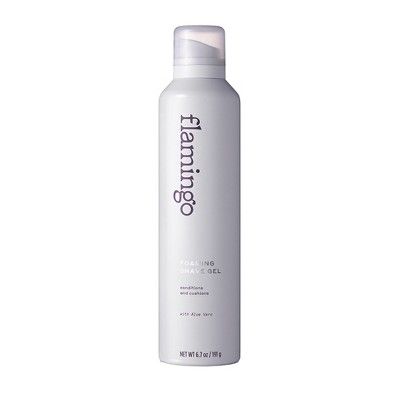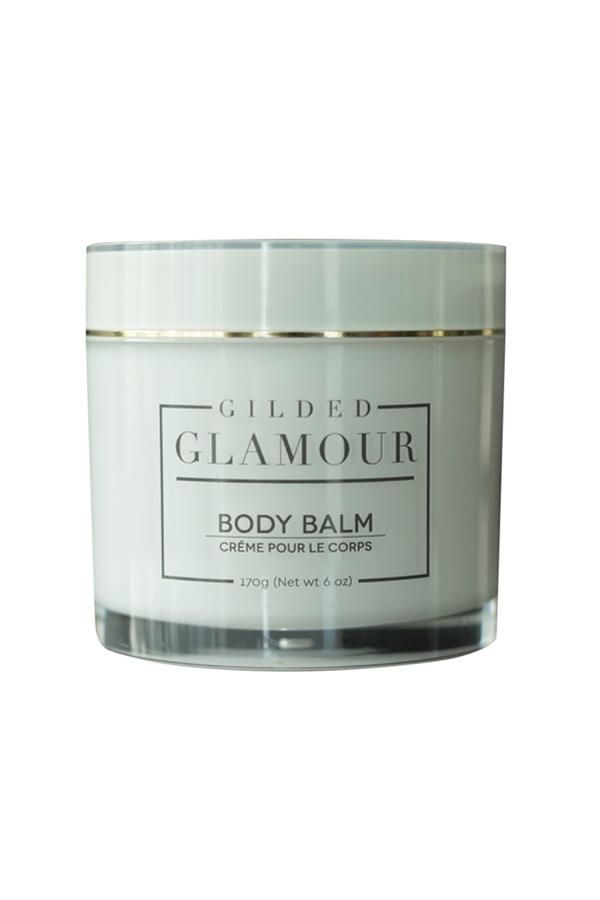You may be in the camp of letting your hair go au naturel during quarantine, or you might be spending even more time on your beauty and skincare routine right now. But if you’re playing it safe and skipping bikini wax appointments at the moment, shaving is likely your go-to for smooth skin.
The only problem is that bumps, ingrown hair, and angry red skin seem like they’re just part of the package when it comes to shaving ~down there~. Shaving your bikini area is a lot of work, and can definitely irritate your skin if not done safely, so there are some things you should know before the razor is in your hand.
Wait, is it bad to shave your bikini line?
First of all, removing hair anywhere on your body is completely your decision—don’t listen to anyone who tells you otherwise, or feel pressured into shaving, waxing, or using any other hair removal method.If you do choose to shave your bikini line, you may be up against both ingrown hairs and red, itchy bumps.
“Ingrown hairs are formed when the sharp, freshly shaved hairs, puncture and grow into the surrounding skin,” explains Ife J. Rodney, MD, FAAD, founding director of Eternal Dermatology + Aesthetics. Then, the skin has a reaction to those hairs and can get red and itchy as a result. You might also experience razor burn after shaving, which is basically when the razor removes the top layer of soft skin, allowing bacteria in to form red bumps on the inflamed skin, says Dr. Rodney.
However, many people (45 percent in this 2016 survey report grooming down below for a vacation, and 55 percent say they’ve groomed before sex) who remove pubic hair use a razor, which is totally fine for your skin, as long as you are careful. “To prevent rashes and irritation, you should only shave with a clean, sharp razor,” Dr. Rodney says. On top of that, if you moisturize and care for the skin before and after you shave, you can avoid annoying razor burn.
Read on for more expert-approved shaving tips before you jump in the shower.
1. Invest in a good bikini razor.

Picking the right razor is the first step to ensuring your bikini line is smooth and bump-free. “If there are more blades, it dispenses more pressure, allowing each blade to cut with less force but more effect,” says Dendy Engelman, MD, of Manhattan Dermatology and Cosmetic Surgery in New York City. In other words, you’ll get a better, closer shave without risking a cut or irritation.
“Choosing a firm, sturdy razor with soothing strips will make a huge difference,” adds Eileen Bischoff, esthetician and hair-removal specialist at Eve Salon in New York City. While throwaways are great for use while traveling and can get the job done, they’re labeled “disposable” for a reason. “They’re not meant to be used for a month,” she says.
Or, there’s the option of single-blade stainless steel safety razors, which have become popular especially to reduce plastic waste. Believe it or not, they’re just as safe as a regular plastic razor for your skin, even your bikini line, says Dr. Rodney. “With only one pass, you remove the hairs completely. There’s less trauma to the skin surface, and the hairs are cut bluntly, decreasing the risk of ingrown hairs,” she says.

2. Prep to prevent ingrown hair on your bikini line.
Before shaving your bikini area, spend about 10 minutes in warm water first. This will help soften the outer layer of your skin, making it easier to remove hair (and lessen your chances of getting razor burn), says Fumi Ozaki, an esthetician and electrologist in Redondo Beach, California. “After the 10 minutes is up, pat the skin dry to remove any excess water,” she says.
Once your bikini line has been cleaned and dried, Engelman suggests lightly exfoliating with a wet washcloth or a scrub to remove dead skin cells, allowing the blade to get closer to the skin. “It teases out any stubborn ingrown hairs prior to shaving,” she says.

3. Don’t skip shaving cream.
You might think this shaving accessory is just a feel- and smell-good component to the process, but it’s way more than that. “When you shave, you’re shaving your skin, too,” says Bischoff. “If you don’t use enough shaving cream to create enough slip, you’ll lightly abrade your skin, leaving it irritated.” Ouch.

And similarly to that quality bikini shaver you’re supposed to buy, don’t just reach for a random, cheap shaving cream. “Use a good-quality shaving gel with a short list of moisturizing ingredients, like shea butter, olive oil, and coconut oil—these types of bases will give a proper buffer for your razor,” says Engelman.
Apply a very thin layer only to the area that needs to be shaved so you can see the skin and hair shaft underneath. “This is much safer, so there’s no need to move the blade back and forth on the skin,” says Ozaki.
4. Pay attention to your shaving direction.
People have a lot of opinions about whether you should shave up or down on your bikini line, and the direction you shave does matter. “How you shave can be really, really important, especially for people who are prone to bumps,” says Bischoff. Going in a ton of different directions with your razor makes cuts and subsequent ingrown hairs more likely. Shave in one direction—with the hair growth. Going against the grain of your hair makes irritation much more likely.
While gliding your razor gently along the bikini line, keep the blade downward without adding too much pressure. “One pass should be fine, especially if you’re using a razor that has many blades,” says Ozaki. “The more blades used, the fewer times you should feel the need to re-shave over this sensitive area.”
5. Calm your skin after shaving the bikini area.

Wash off as soon as you put your razor down, and hold a cold compress to the area for 10 minutes to prevent irritation, says Ozaki. Apply an anti-redness serum (preferably fragrance-free) to further reduce your chances of experiencing razor burn. “I recommend tea tree oil, both a natural anti-inflammatory and antiseptic, which can help calm razor burn,” says Engelman. “If you’ve really caused some irritation, more intense creams, like topical steroids, can be prescribed to reduce redness, swelling, and pain.”
6. Moisturize, moisturize, moisturize.
It’s important to always hydrate and moisturize after shaving. “Apply an unscented, alcohol-free moisturizer to both sides of the bikini line to lock in the moisture and avoid over-drying, which leads to further irritation,” says Engelman. Bischoff suggests looking for products containing soothing aloe vera, as well as jojoba oil and vitamin E for hydration.

7. Clean your bikini razor.
After every shave, make sure to sanitize your blades with rubbing alcohol and warm or hot water. If your razor looks rusty and you’ve been using it for a while, toss it out. “Replace old blades—ones you’ve used for more than five to seven shaves,” says Engelman.
You can also cut your losses (and avoid those red bumps) by storing blades in a clean, dry place so they don’t pick up bacteria sitting around in the shower.
8. If shaving bothers your skin, there are other options.
Shaving might not be the right move for everyone’s skin. If you still prefer to be smooth, waxing, either by a professional or with an at-home wax kit, is a safe and gentle choice for your skin, because it removes the hair from the root and doesn’t allow bacteria to enter as easily, says Dr. Rodney. “When the hair grows back, the tips are soft, not sharp, and so it’s less likely to cause ingrown hairs,” she says. Plus, it often takes longer for the hair to grow back than shaving does. For an even longer-term option for sensitive skin, laser hair removal might be for you to avoid the need to shave altogether.
Source: Read Full Article
